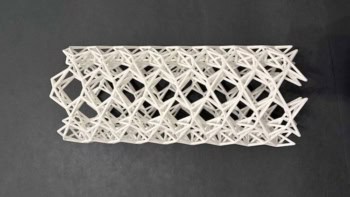Researchers in the US have devised a new method for killing bacteria using cold plasmas. The technique, developed by Mounir Laroussi at the Old Dominion University in Virginia and colleagues at the University of California in San Diego, could be used to sterilize medical equipment, food and perhaps even decontaminate biological weapons (M Laroussi et al. 2003 New J. Phys. to be published)

Plasmas can contain both charged particles – electrons and ions – and uncharged particles, such as chemically reactive atoms and molecules. At atmospheric pressure, most plasmas are very hot – thousands of degrees centigrade – and so are difficult to control.
Laroussi and co-workers used a ‘resistive barrier discharge’ to produce a cold plasma at room temperature and pressure. They injected a gas mixture of 97% helium and 3% oxygen between two planar electrodes and then applied a voltage of a few kilovolts at a frequency of 60 hertz (figure 1). The advantage of this method is that a relatively small power input – between 50 and 300 watts – can generate large volumes of plasma.
The team exposed two types of bacteria – those with and without outer cell membranes – and studied the effect of the plasma with a scanning electron microscope. After an exposure of 10 minutes, both types of bacteria had been killed by ultraviolet radiation and free radicals from the plasma (figures 2 and 3). In addition, the charged particles caused structural damage to outer cell membranes in only microseconds. This is because the electrostatic tension in the cell membrane becomes greater than its tensile strength.
The team believes that cold plasmas would also prove lethal to more dangerous bacteria and also viruses. The technique could be used to sterilize medical equipment quickly and safely, and has the potential to replace present, more toxic methods. “We now hope to investigate the effect of cold plasma on sub-cellular components and understand its effects on biochemical pathways,” Laroussi told PhysicsWeb.





